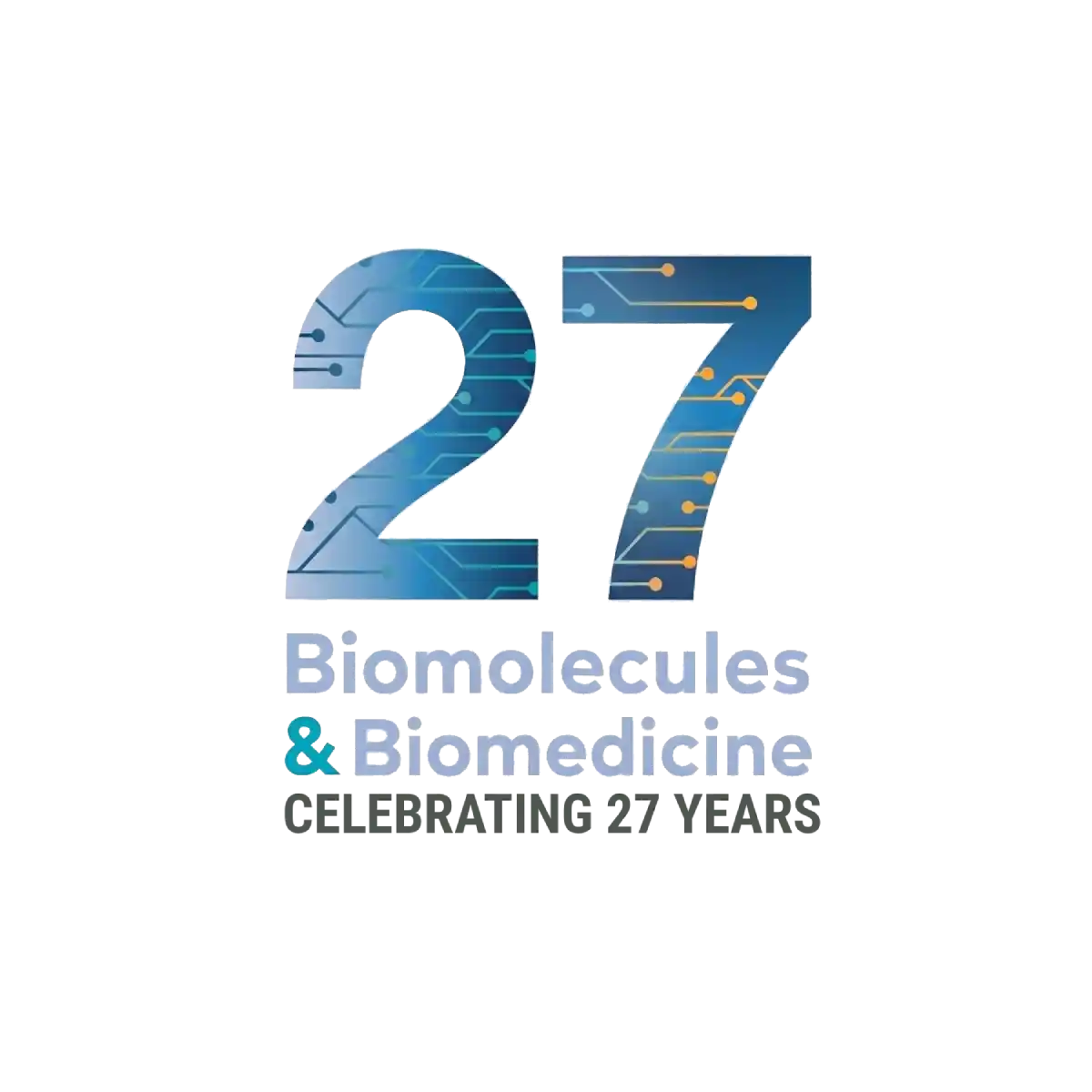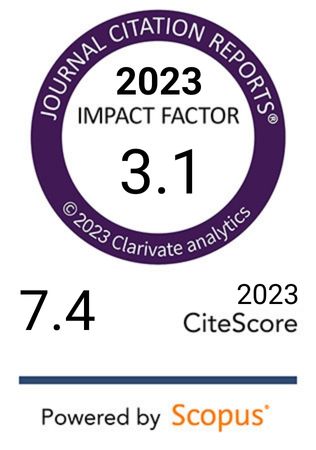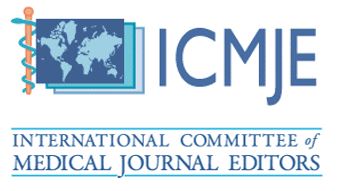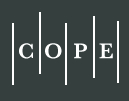Anticoagulant activity of some Artemisia dracunculus leaf extracts
DOI:
https://doi.org/10.17305/bjbms.2015.384Keywords:
Artemisia dracunculus, coumarins, HPLC, TLC, extraction, anticoagulant activityAbstract
Platelet hyperactivity and platelet interaction with endothelial cells contribute to the development and progression of many cardiovascular diseases such as atherosclerosis and thrombosis. The impact of platelet activity with different pharmacological agents, such as acetylsalicylic acid and coumarin derivatives, has been shown to be effective in the prevention of cardiovascular disease. Artemisia dracunculus, L. Asteraceae (Tarragon) is used for centuries in the daily diet in many Middle Eastern countries, and it is well known for its anticoagulant activity. The present study investigates the presence of coumarins in tarragon leaves and subsequently determines the extract with a major amount of coumarin derivatives. The solvents of different polarities and different pH values were used for the purpose of purifying the primary extract in order to obtain fractions with the highest coumarin content. Those extracts and fractions were investigated for their anticoagulant activity by determining prothrombin time (PT) and the international normalized ratio (INR), expressed in relation to the coagulation time of the healthy person. Purified extracts and fractions obtained from plant residue after essential oil distillation, concentrated in coumarin derivatives, showed the best anticoagulant activity, using samples of human blood. INR maximum value (2.34) and consequently the best anticoagulant activity showed the methanol extract at concentration of 5%. The INR value of normal plasma in testing this extract was 1.05.
Citations
Downloads
References
Rajaram S. The effect of vegetarian diet, plant foods, and phytochemical on hemostasis and thrombosis. Am J Clin Nutr. 2003;78:552–8.
Bruneton J. Pharmacognosy, Phytochemistry medicinal plants, 2nd ed. Paris: Tec&Doc. 1999.
Golfakhrabadi F, Abdollahi M, Ardakani MR, Saeidnia S, Akbarzadeh T, Ahmadabadi AN, et al. Anticoagulant activity of isolated coumarins and toxicity evaluation of Ferulago carduchorum in rats. Pharm Biol. 2014;52(10):1335-40.
http://dx.doi.org/10.3109/13880209.2014.892140
Olas B, Wachowicz B, Stochmal A, Oleszek W. Inhibition of blood platelet adhesion and secretion by different phenolics from Yucca schidigera Roezl. Bark. Nutrition 2005;21:199–206.
http://dx.doi.org/10.1016/j.nut.2004.03.024
Aglarova AM, Zilfikarov IN, Severtseva OV. Biological characteristics and useful properties of tarragon (Artemisia dracunculus L.). Pharm Chem J. 2008;42(2):31-5.
http://dx.doi.org/10.1007/s11094-008-0064-3
Obolskiy D, Pischel I, Fiestel B,Glotov N, Heinrich M. Artemisia dracunculus L. (Tarragon): A Critical Review of Its Traditional Use, Chemical Composition, Pharmacology, and Safety. J Agric Food Chem. 2011;59(21):11367–84.
http://dx.doi.org/10.1021/jf202277w
Lopez-Lutz D, Alviano DS, Alviano CS, Kolodziejczyk PP. Screening of chemical composition, antimicrobial and antioxidant activities of Artemisia essential oils. Phytochemistry 2008;69(8):1732-8.
http://dx.doi.org/10.1016/j.phytochem.2008.02.014
Govorko D, Logendra S, Wang Y, Esposito D, Komarnytsky S, Ribnicky D. Polyphenolic compounds from Artemisia dracunculus L. inhibit PEPCK gene expression and gluconeogenesis in an H4IIE hepatoma cell line. Am J Physiol Endocrinol Metab. 2007;293(6):1503-10.
http://dx.doi.org/10.1152/ajpendo.00420.2007
Ribnicky DM, Kuhn P, Poulev A, Logendra S, Zuberi A, Cefalu WT, Raskin I. Improved absorbtion and bioactivity of active compounds from an anti-diabetic extract of Artemisia dracunculus L. Int J Pharm. 2009;370(1-2):87-92.
http://dx.doi.org/10.1016/j.ijpharm.2008.11.012
Sayyah M, Nadjafnia L, Kamalinejad M. Anticonvulsant activity and chemical composition of Artemisia dracunculus L. essential oil. J Ethnopharmacol. 2004;94(2-3):283-7.
http://dx.doi.org/10.1016/j.jep.2004.05.021
Benli M, Kaya I, Yigit N. Screening antimicrobial activity of various extracts of Artemisia dracunculus L. Cell Biochem Funct. 2007;25:681-686.
http://dx.doi.org/10.1002/cbf.1373
Wang ZQ, Ribnicky D, Zhang XH, Raskin I, Yu Y, Cefalu WT. Bioactives of Artemisia dracunculus L. enhance cellular insulin signaling in primary human skeletal muscle culture. Metabolism. 2008;57(1):S58-S64.
http://dx.doi.org/10.1016/j.metabol.2008.04.003
Yazdan Parast R, Saei A. Effects of aqueous tarragon, Artemisia dracunculus, extract on lipid and coagulatory parameters in rats. Biomed Lett. 1999;59(233):137–41.
Visioli F, Borsani L, Galli C. Diet and prevention of coronary heart disease: the potential role of phytochemicals. Cardiovasc Res. 2000;47:419–25.
http://dx.doi.org/10.1016/S0008-6363(00)00053-5
Wright CW. Artemisia. New York: Taylor & Francis; 2002.
Garro HA, Garcia C, Martin VS, Tonn CE, Pungitore CR. Chemistry and biological activity of coumarins at molecular level. Nat Prod Commun. 2014;8:1091-4.
Okazaki K, Nakayama S, Kawazoe K, Takaishi Y. Antiaggregant effects on human platelets of culinary herbs. Phytother Res. 1998;12 (8):603–5.
http://dx.doi.org/10.1002/(SICI)1099-1573(199812)12:8<603::AID-PTR372>3.0.CO;2-G
Yazdanparast R, Shahriyary L. Comparative effects of Artemisia dracunculus, Satureja hortensis and Origanum majorana on inhibition of blood platelet adhesion, aggregation and secretion. Vasc Pharmacol. 2008;48(1):32-7.
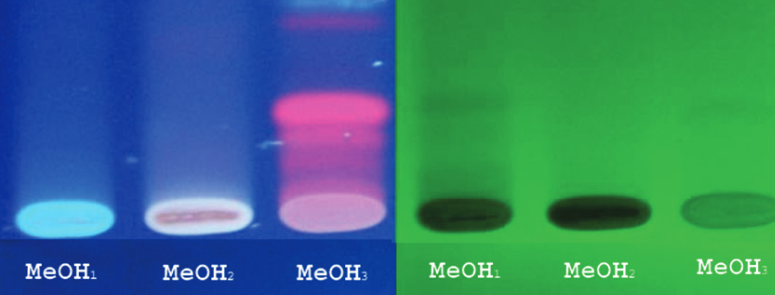
Downloads
Additional Files
Published
Issue
Section
Categories
License
Copyright (c) 2015 Bosnian Journal of Basic Medical Sciences

This work is licensed under a Creative Commons Attribution 4.0 International License.
How to Cite
Accepted 2015-03-25
Published 2015-05-13
